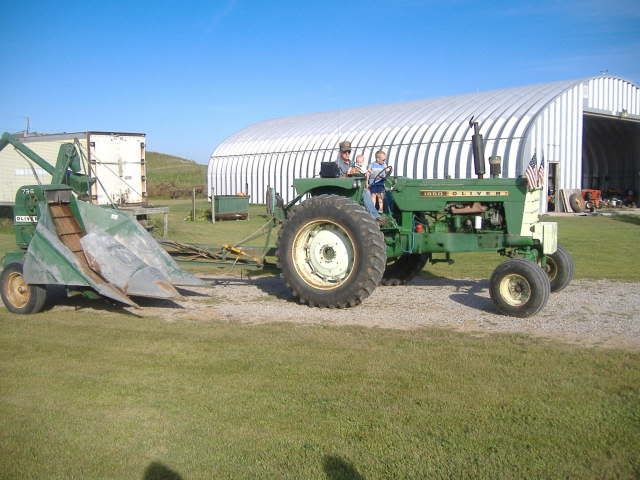I know that many of you guys have put up outside sheds for storage and this is for sure the best place to ask.
I have a large attached garage, but I would like to free up space so I can use my workshop.
I am thinking about a 16' x 20' shed.
The Morton steel building website is incredible, photos, sizes, all custom, all factory standard, etc.
Here are my questions for all that have built sheds.
1. I dont need a power line cause this will be for storage only, like snowthrower, deck furniture, flammable liquids, paint, some tools, 4 wheeler, (basically stuff that isnt used much) Can I just have 4 windows that will give light into the shed if I dont have electric lights? I am thinking of 1 roll up door and 1 entry door.
2. What costs less per square foot, wood or steel?
3. Can 2 guys put up a steel building.
4. How does a steel building anchor to the ground, Treated wood posts? or, steel beams into post holes?
5. Foundations,? I would like to have a concrete slab, concrete is about $90/yard I think.
6. How does the steel siding meet into the slab/gravel/ground so that mice and bugs dont inhabit the structure.?
7 I know that a wood shed of the size I mentioned will be about $4000, this should be all materials. I would like to have galvanized steel roof material if I go with wood. I would have vinyl siding if I build it out of wood.
Okay rifle off the comments.
I have a large attached garage, but I would like to free up space so I can use my workshop.
I am thinking about a 16' x 20' shed.
The Morton steel building website is incredible, photos, sizes, all custom, all factory standard, etc.
Here are my questions for all that have built sheds.
1. I dont need a power line cause this will be for storage only, like snowthrower, deck furniture, flammable liquids, paint, some tools, 4 wheeler, (basically stuff that isnt used much) Can I just have 4 windows that will give light into the shed if I dont have electric lights? I am thinking of 1 roll up door and 1 entry door.
2. What costs less per square foot, wood or steel?
3. Can 2 guys put up a steel building.
4. How does a steel building anchor to the ground, Treated wood posts? or, steel beams into post holes?
5. Foundations,? I would like to have a concrete slab, concrete is about $90/yard I think.
6. How does the steel siding meet into the slab/gravel/ground so that mice and bugs dont inhabit the structure.?
7 I know that a wood shed of the size I mentioned will be about $4000, this should be all materials. I would like to have galvanized steel roof material if I go with wood. I would have vinyl siding if I build it out of wood.
Okay rifle off the comments.




